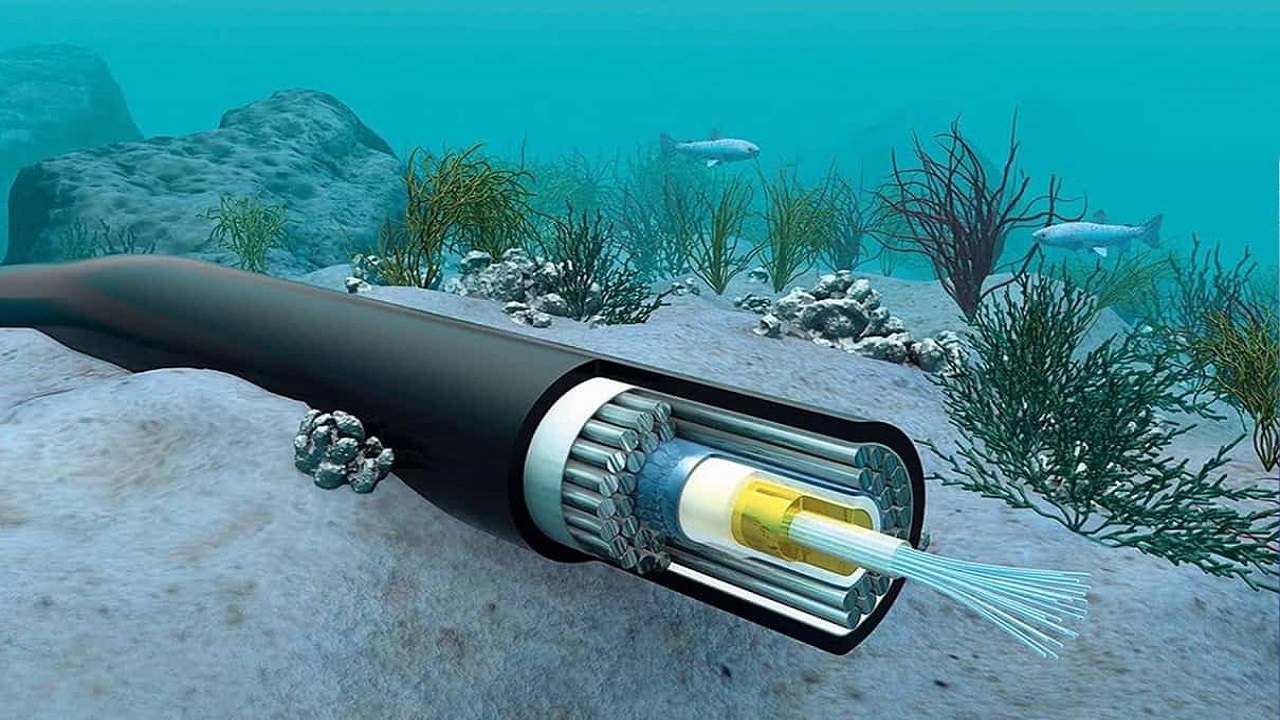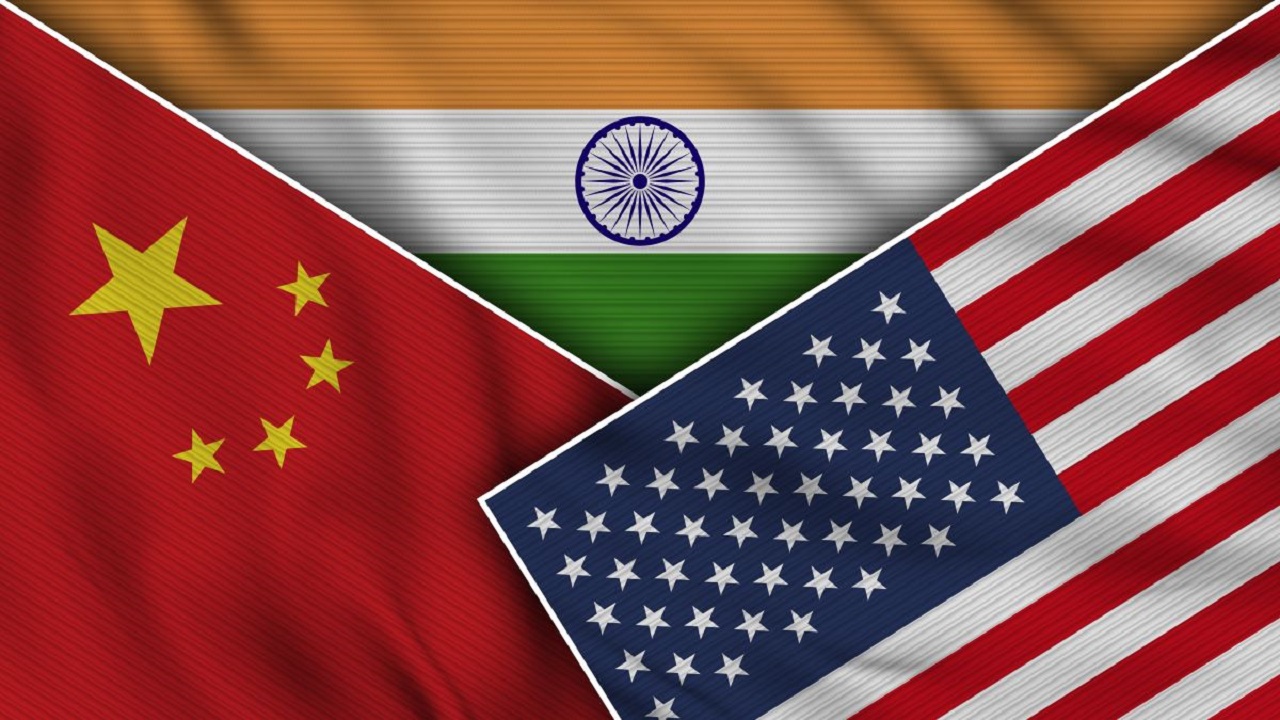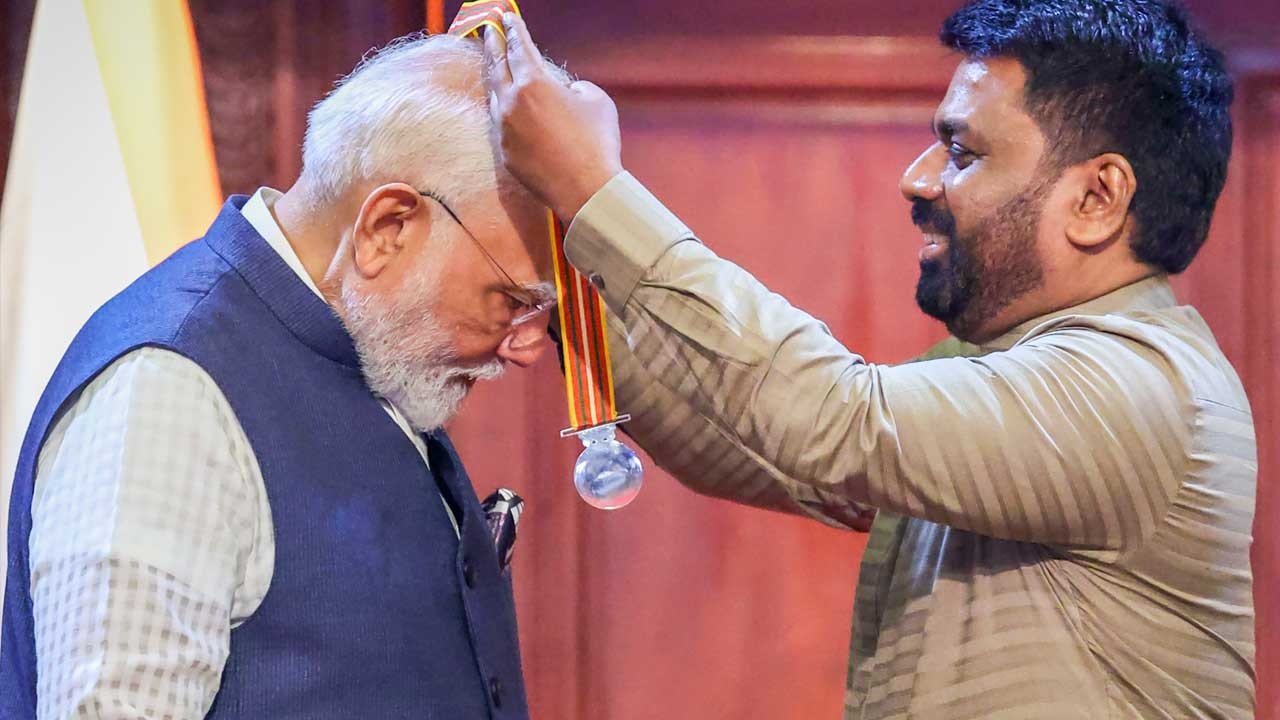Digital Backbone Beneath the Seas: India’s Cable Revolution
India is expanding its undersea internet infrastructure to meet rising data demands and strengthen its position in global digital communication. A recent development is Airtel’s “2Africa Pearls” subsea cable, supported by Meta, aiming to boost international bandwidth and connect India with Africa and Europe more efficiently.
How Do Undersea Cables Connect the Internet Globally?
-
Subsea cables are fiber optic cables laid on the ocean floor, transmitting data at high speed across continents.
-
They connect to landing stations on shore, where data is routed through terrestrial networks.
-
Originated in the 1850s with the first cable across the English Channel; now nearly 600 cables exist globally.
-
These cables:
-
Carry 90% of global internet traffic
-
Enable $10 trillion in daily financial transactions
-
Are vital for communication, economy, and security
-
India’s Submarine Cable Landscape
-
India is connected by 17 international cable systems, including:
-
SEA-ME-WE, BBG, and IMEWE
-
-
New additions (2024):
-
India-Asia-Express (IAX)
-
India-Europe-Express (IEX)
-
-
Main landing stations: Mumbai, Chennai, with others in Kochi, Vizag, and Thiruvananthapuram
-
95% of India’s cable landings are concentrated in Versova, Mumbai
-
Domestic links:
-
CANI cable (to Andaman-Nicobar)
-
Kochi–Lakshadweep project
-
-
India’s global share:
-
~1% in cable systems
-
~3% in landing stations
-
Challenges in India’s Subsea Cable Infrastructure
-
Limited infrastructure: Overdependence on Mumbai and Chennai causes risk
-
Regulatory hurdles: Multiple clearances (DoT, Home, Environment Ministries) delay projects
-
High repair time: Foreign repair ships need prior permission; India lacks marine repair facilities
-
Geopolitical risks: Disruptions in strategic zones (e.g., Red Sea) affect up to 25% of India’s internet
-
High costs: Cable laying and maintenance are capital-intensive
What Can Be Done to Strengthen the Network?
-
Expand landing stations across other coastal cities to reduce load
-
Simplify regulations via single-window approvals for faster implementation
-
Invest in domestic repair capabilities to reduce dependence on foreign vessels
-
Enhance cybersecurity and physical protection for critical infrastructure
-
Encourage public-private partnerships with global tech firms for funding and innovation




Comments (0)